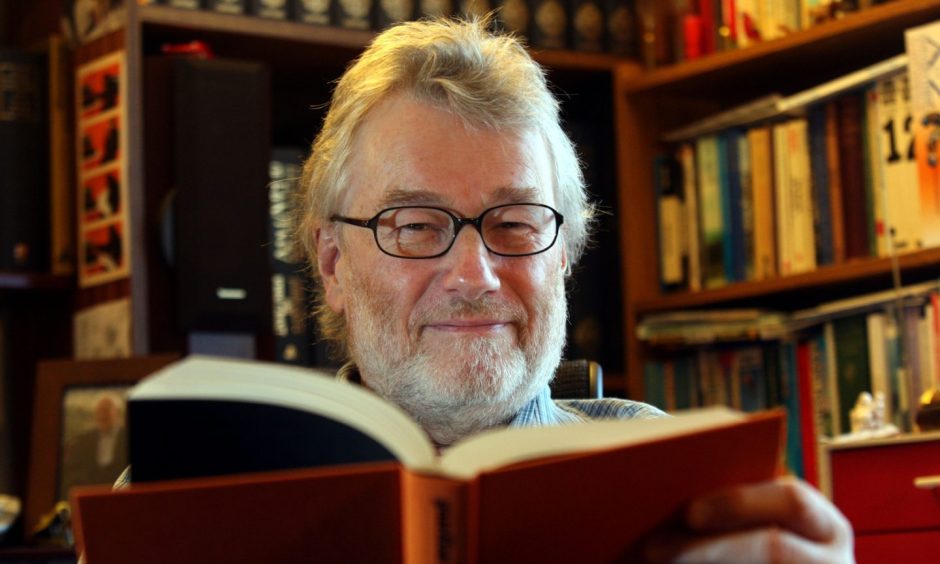
Master of storytelling Iain Banks was a twin-edged talent.
Banks, born in Dunfermline, achieved success in two separate styles – in mainstream literary fiction and in science fiction with his mind-boggling astral sagas.
His mother Effie was a professional skater.
After the war she was in a travelling review, touring ice rinks, and later she taught skating in Dunfermline, where she met his father Tom.
He worked on the Admiralty ships.
Banks grew up in North Queensferry because his father worked at Rosyth.
He was a child of the TV age even before he was born.
They were the first family in the neighbourhood to have a telly.
Effie insisted on having one when she was pregnant.
Banks would hide behind the sofa when the Daleks first appeared on Doctor Who.
Iain Banks lived next to his primary school
It was a happy childhood.
The North Queensferry peninsula, with its old gun emplacements, quarries, gorse-covered hills and deserted military buildings, became his playground.
He attended North Queensferry Primary School.
The solid red sandstone building was just over the wall from his house.
He would stand in the playground and watch the diesel trains crossing the bridge.
Moving around was part of a Navy family’s life.
His first job was catching ropes and hoisting gangplanks on Gourock pier at the mouth of the Clyde after his father was shifted from Rosyth to Greenock.
He always read science fiction at Gourock library.
It was natural that at some point he would turn to writing it.
Banks was 10 when he dreamed up his first science fiction idea.
It was a ray gun which turned clouds into lead and could flatten cities.
Banks went to Greenock High School to study his Highers.
He was educated at Stirling University.
He read English literature, philosophy and psychology.
Banks wrote a spy novel aged 16 and a near-future satire when he was 18.
Not a word was ever accepted for publication.
The Wasp Factory was his big break in 1984
So he set about doing a series of “rather silly jobs” while he wrote.
He was a clerk for IBM.
A milkman.
A hospital porter.
In between he hitch-hiked around Europe and went to America.
All the time he was writing.
Banks moved to London because there was no more work to be found in Scotland.
He took a job as a solicitor’s clerk in 1979.
Banks lodged with a friend while he wrote some more.
He met his first wife Annie in London.
He decided to give up writing if he hadn’t been published by his 30th birthday.
Banks started writing a novel called The Wasp Factory.
It was the story of a 16-year-old multiple murderer living alone with his father, waiting for the return of his half-brother, Eric, an escapee from a mental institution.
He reworked and reworked it until he felt ready to send it to publishers.
Banks was working when he received a phone call in 1981.
Macmillan liked the manuscript.
They suggested a meeting with fiction editor James Hale.
Hale suggested some modest changes.
Banks completed the novel.
He signed a paperback deal with Macmillan.
When he got his advance cheque he had a little spending spree.
He bought himself an electric typewriter, a new camera and a few new records.
The Wasp Factory was published on February 16 1984.
It was Banks’ 30th birthday.
Iain Banks would write 3,000 words a day
It caused enough of a fuss to put Banks on the literary map and whatever people thought of the plot, the consensus was that the author’s imagination and style made him one to watch.
Banks didn’t think it was that extreme.
He couldn’t actually work out what all the fuss was about.
He bought a house in Kent but did not immediately give up his day job.
Banks did not want to become too big-headed.
He still went back to Scotland for most of his holidays.
His second novel Walking on Glass followed in 1985 which was a tale of three misfits caught in the downside of life’s little roulette game.
Banks published a book every year.
He would write 3,000 words a day without breaking sweat.
His debut sci-fi title, Consider Phlebas, was published under Iain M Banks in 1987.
M was for Menzies.
It was the first in the Culture series which described a civilisation that was capable of hollowing out asteroids and transforming them into spacecraft.
Many called him the heir to Robert Louis Stevenson.
Banks was a teller of tales with strong plots and multi-dimensional characterisation.
One newspaper said he had “two writers living in his head”.
The Crow Road became a BBC drama series
He later moved back to North Queensferry.
A lot of his work lent itself to on-screen interpretations including The Crow Road, which launched the careers of Joe McFadden, Valerie Edmond and Dougray Scott.
The Crow Road centred on a student negotiating sex, drink and death.
Complicity, also set in Scotland, followed a journalist who uncovered white-collar crime and corruption among the upper classes.
Jonny Lee Miller from Trainspotting played the lead role in the TV adaptation.
The trappings of success allowed him to indulge in his passion for fast cars and Scotch.
He wrote a book about the history and mystery of malt whisky.
He owned Ferraris, Lamborghinis and Porsches.
He put in a fair mileage around his native land every year.
A Porsche 911 Turbo was his favourite car.
It probably saved his life.
He almost cashed in his chips after a driving error on the A9.
“I was driving too fast in the 911 on the A9, going up towards Inverness and Fort William,” he said.
“I went round the corner too fast in the rain and just lost it.
“I hit a very large rock, turned over, skidded along on the roof, belatedly put my hands over my head – which was really useful – got to the other side of the road, slipped the right way up again, by which time the airbag had gone off.
“I got out and there was a Kiwi couple who were looking at me as I brushed my lapels down. ‘Aren’t airbags wonderful’, I said.”
June 2013 was final chapter for Iain Banks
Banks would continue alternating between mainstream and science fiction.
It was a constant refusal to be pinned down.
Banks sold the cars and stopped flying to reduce his carbon usage.
He separated from Annie in 2005.
Banks received an honorary degree from St Andrews University in 2007.
His 27th novel The Quarry would be his last.
He was struggling with a sore back when he went to his GP in February 2013.
Blood tests, an ultrasound scan and a CT scan revealed late-stage gall bladder cancer.
Banks was dying.
He was open about his illness in his final months.
Banks asked his partner Adele to “do me the honour of becoming my widow”.
The ghoulish humour was so very much the stamp of the man.
He got married and went on a short honeymoon.
Banks died a fortnight shy of the publication of The Quarry in June 2013.
He was 59.
His death left a painful hole in Scottish culture.
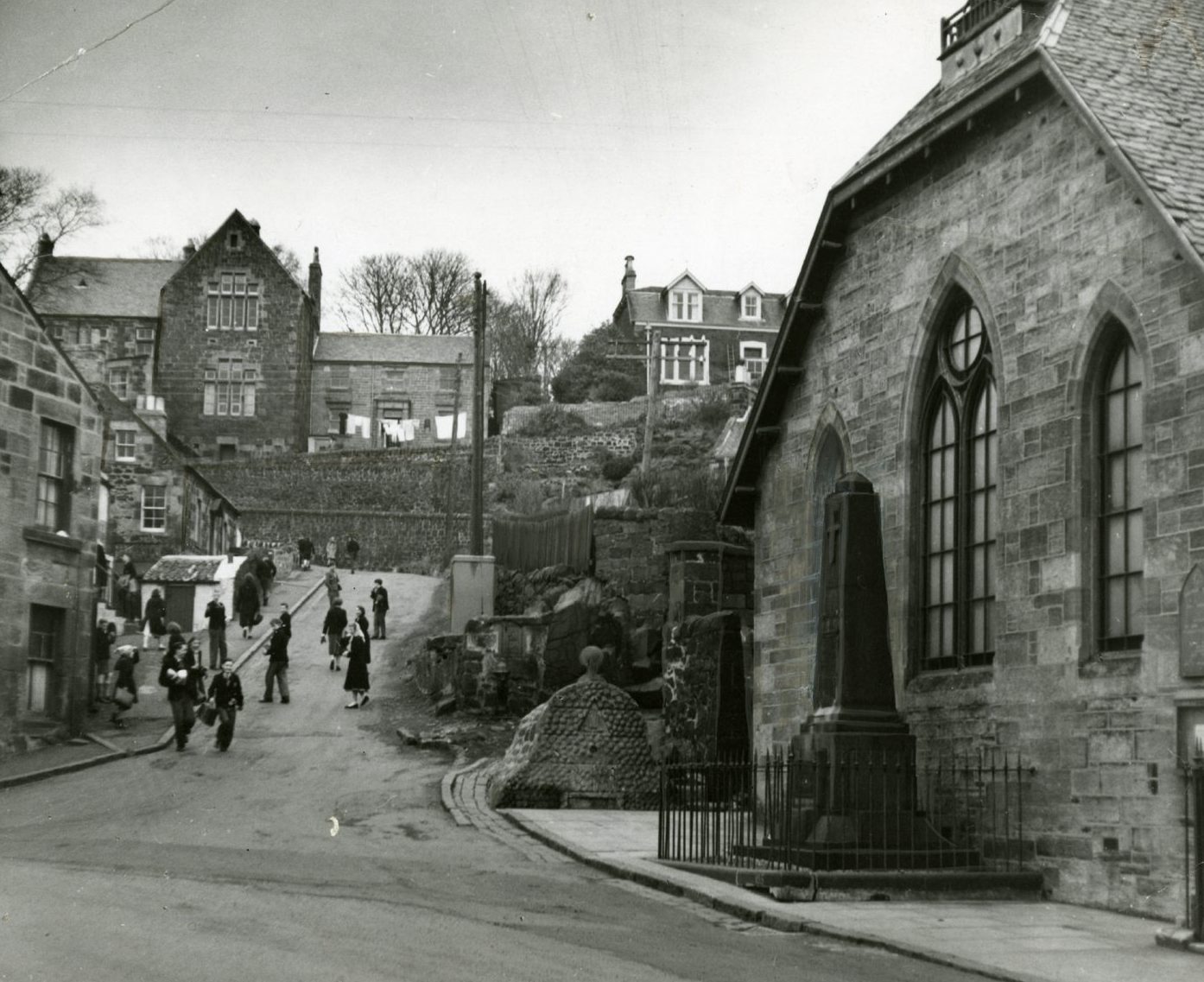
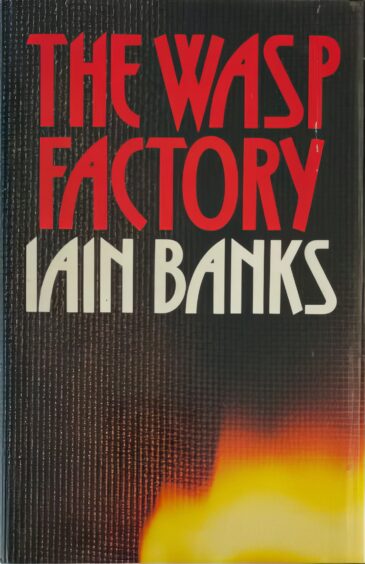
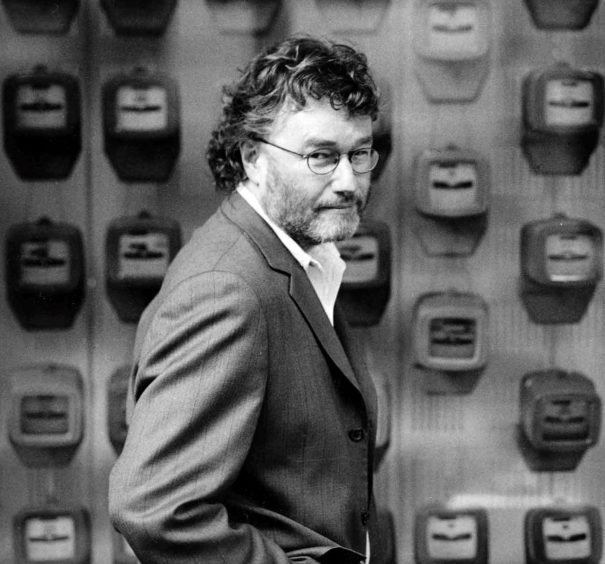
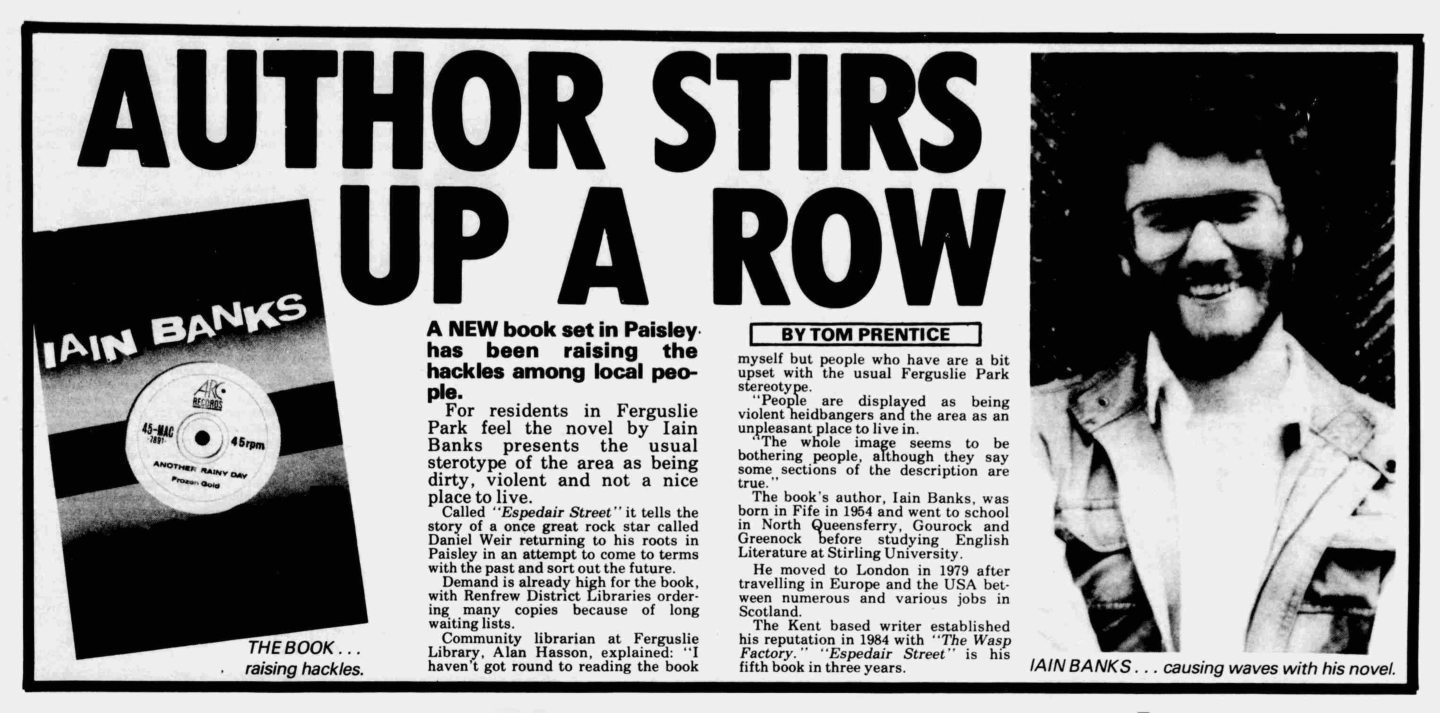
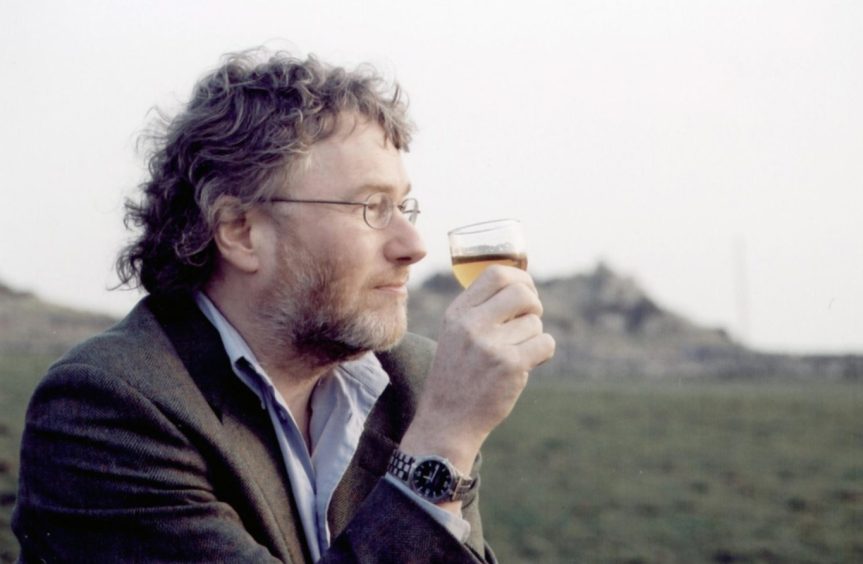
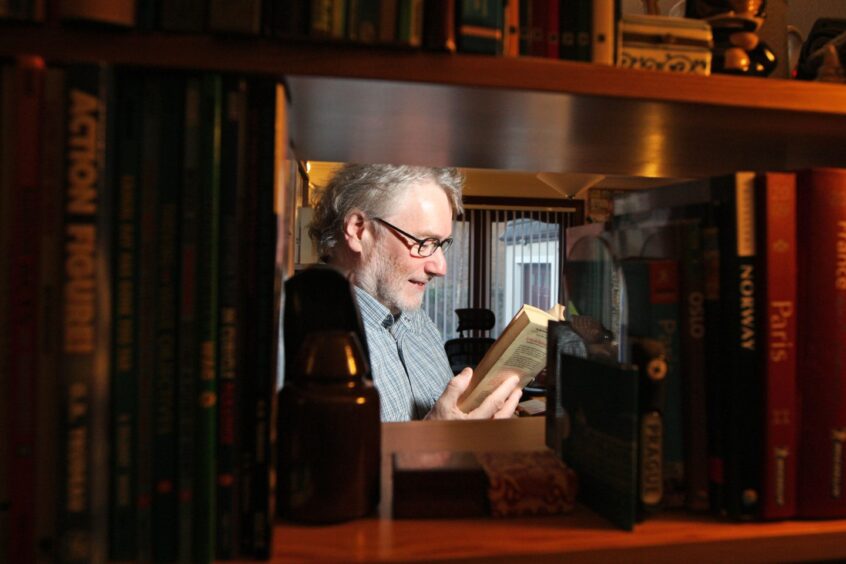
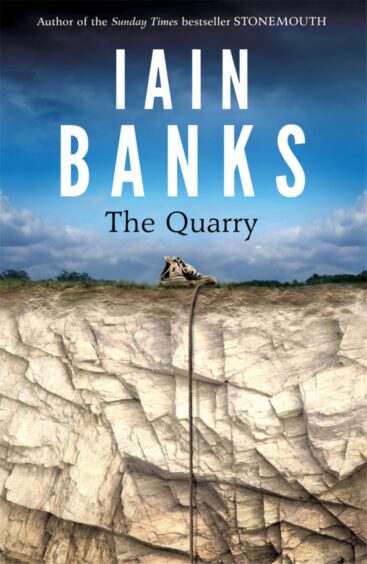
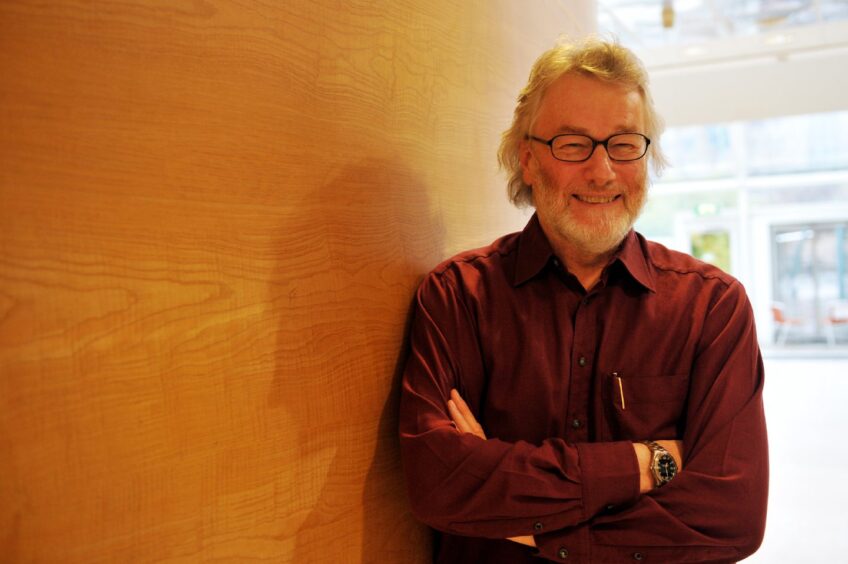
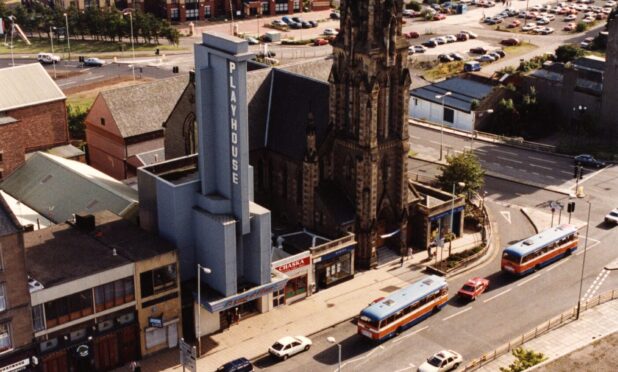
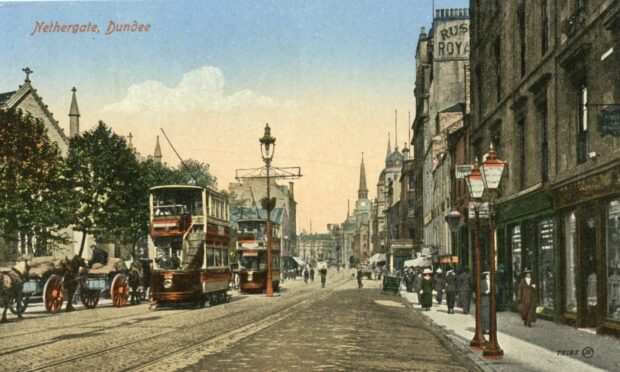
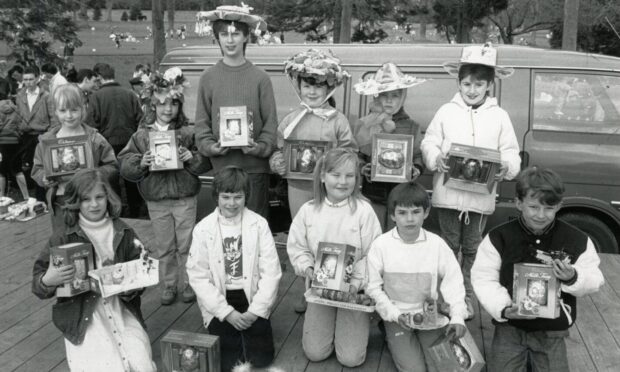
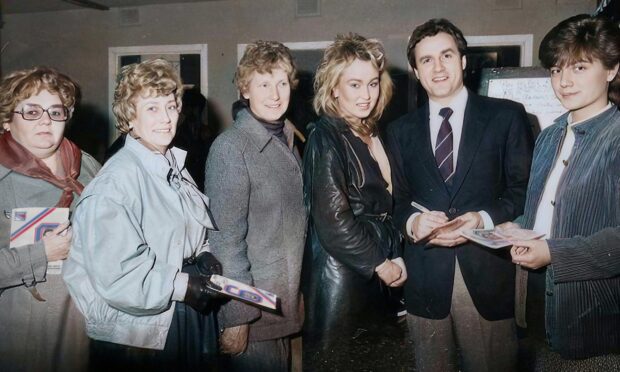
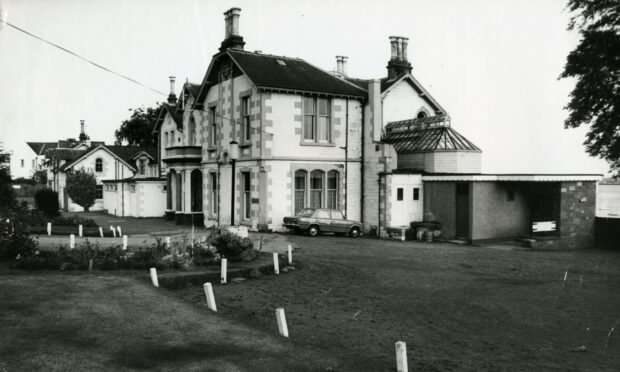
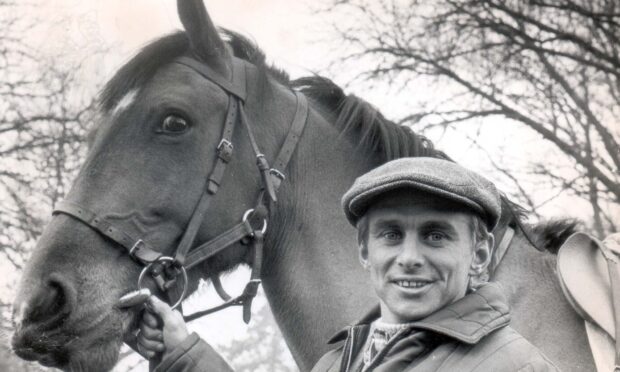

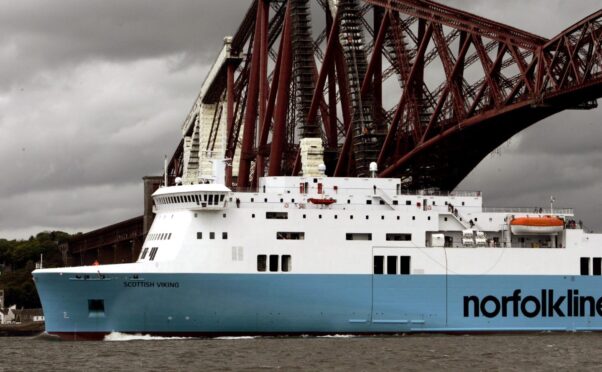
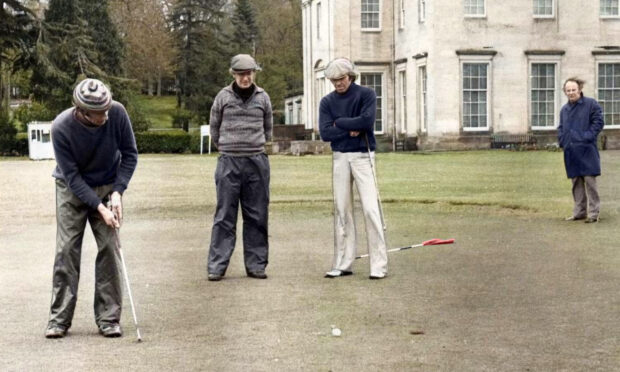
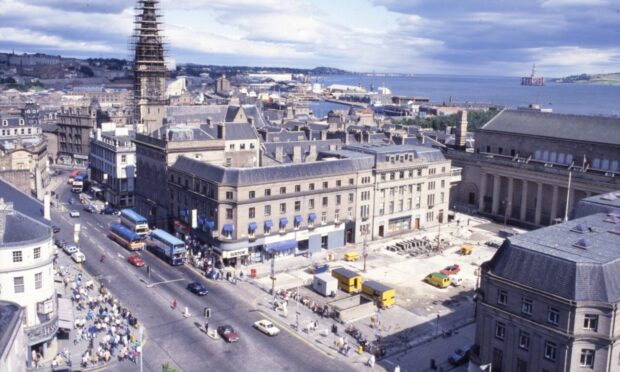
Conversation